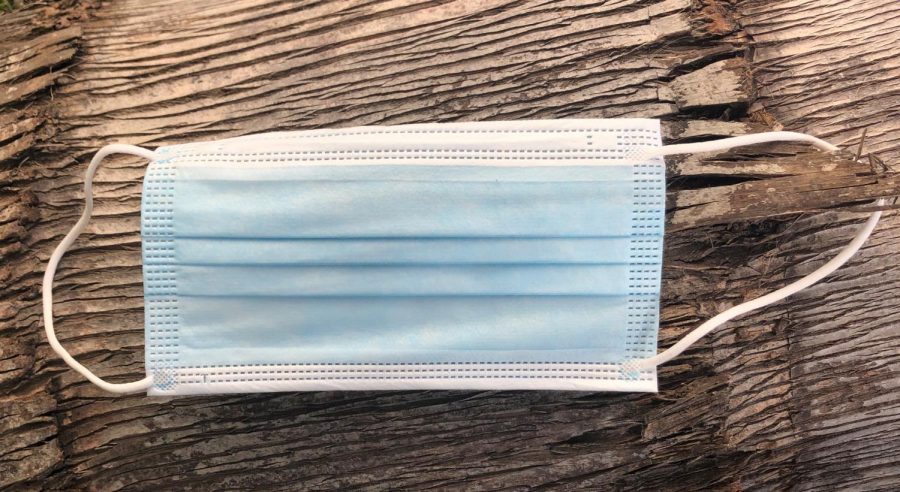Local nurse talks about personal protective equipment shortages in hospitals
December 17, 2020
As COVID-19 expands globally, the supply chains for personal protective equipment are stressed when demand outpaces the available supplies resulting in shortages. To combat this, the FDA recommends several strategies to hospitals and other medical institutions for when supply levels are adequate to provide care without any change in routine.
Supplies include FDA cleared surgical masks and reusable gowns instead of single-use ones. The FDA has different recommendations for limited supply, which has changed the way patients are cared for. Health care providers continuously wear the same mask and reuse their respirators because of the lack of personal protective equipment.
“We do reuse the respirators that we use for our COVID patients. We go out of the room, put it in a paper bag, and put it back on when we enter the room,” a registered nurse who would like to remain anonymous at a local California hospital said.
Typically, a nurse would dispose of the respirator after one use. However, they still use gloves, hair covers, and shoe covers as they would normally. The nurses also now wear an Industrial-strength face shield that can be wiped and reused between different staff.
Additionally, the nurse stated that they used to wear gowns and gloves when they had a patient with a history of the Methicillin-resistant Staphylococcus aureus(MRSA) superbug. They now don’t wear PPE for MRSA patients to conserve personal protective equipment. They noted the hospital was short on N95 respirators, and they are now using more PAPR machines or portable air purifying machines and reusable 3M respirators.
Furthermore, under an emergency use authorization, the hospital can use personal protective equipment of varying quality if their regular PPE supply is not available. This means that non approved PPE can be used, which may be of a lower standard since they were made in a different country with differing standards. In regards to this, the RN states, “But these new ones from China you have to tie around the neck and waist, and sometimes while working the tie around the neck unties keeping the neck and part of the chest exposed.” This could increase the nurse’s chance of exposure and of transmitting the infection.
The nurse’s hospital only lets essential caregivers into COVID rooms, which excludes volunteers and tray deliverers. Their hospital added more negative pressure rooms that prevent COVID-19 from spreading any further for patients. Otherwise, they would be staying in a regular hospital room with the door closed. “Some patients are left in an isolation room for months. Even though sometimes the virus is cleared out of the body in two weeks, so if we retest the patient and see if they are negative, we can take them off isolation,” the nurse said.
PPE is essential as it allows nurses and other healthcare workers to feel protected when working with a sick patient. the nurse said they felt covered because of the hospital’s new reusable respirators but that some of the other nurses were having trouble with the new respirators. “The exhale valve was put in the wrong way, and when the nurse in question rushed into the room, she couldn’t breathe out.” If the nurse took it off in the patient’s room, she would have breathed contaminated air. The nurse had to rush out of the patient’s room to live. Good quality PPE is important to keep nurses safe, especially if the patient was in a critical situation where seconds count; there would be no one to save the patient.
The nurse said that they are quite used to wearing the PPE, and it’s very comfortable if adjusted right. When asked how long they were in a patient’s room, on average, they said they probably spend about half an hour but that. “If an emergency happens, nurses stay there for hours. It’s difficult,” the nurse said.
Dialysis nurses, in particular, spend anywhere from three to four hours in a room. However, only some patients require dialysis. The nurse claims that it is harder to speak while wearing PPE and that they have to speak up a little louder. Seeing as the respirator muffles sound, and the medical devices in the room can get noisy.
If you’d like to donate PPE, check out Get Us PPE or call your local hospital to see how you can help.

